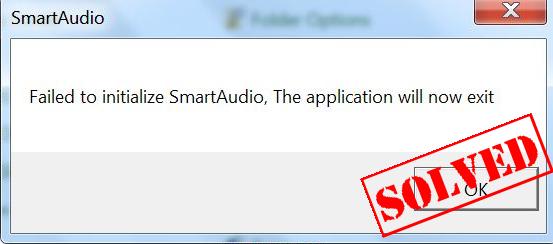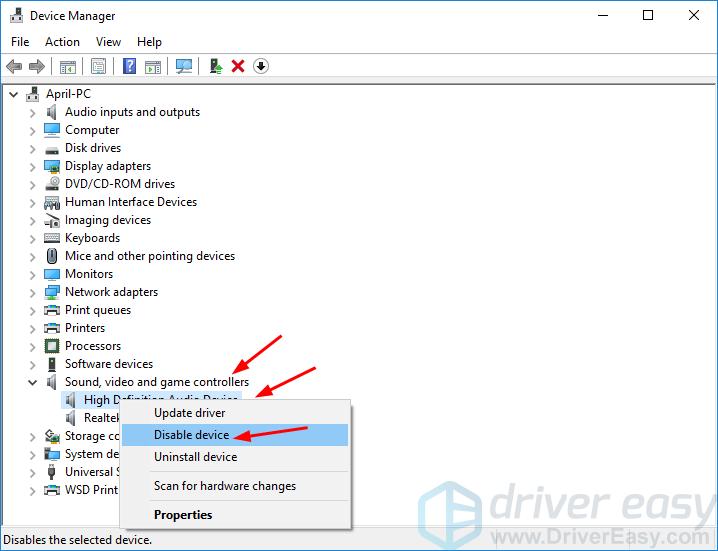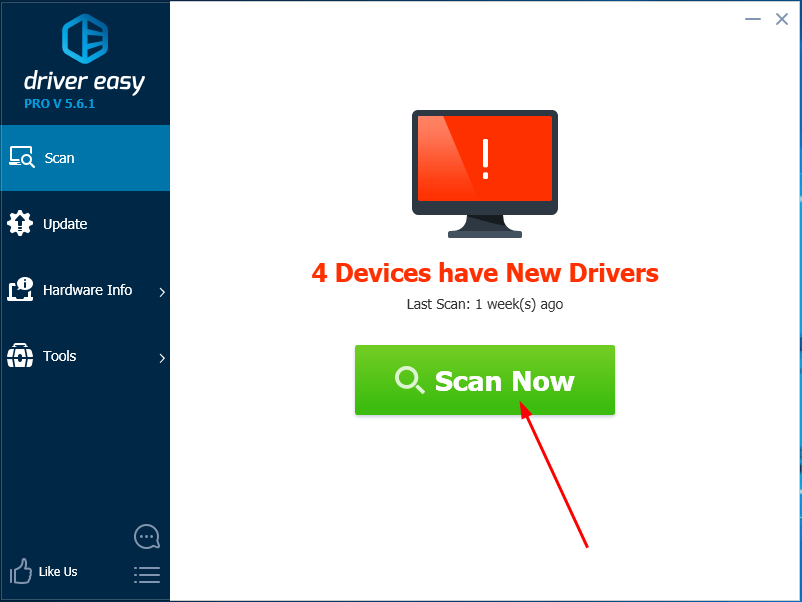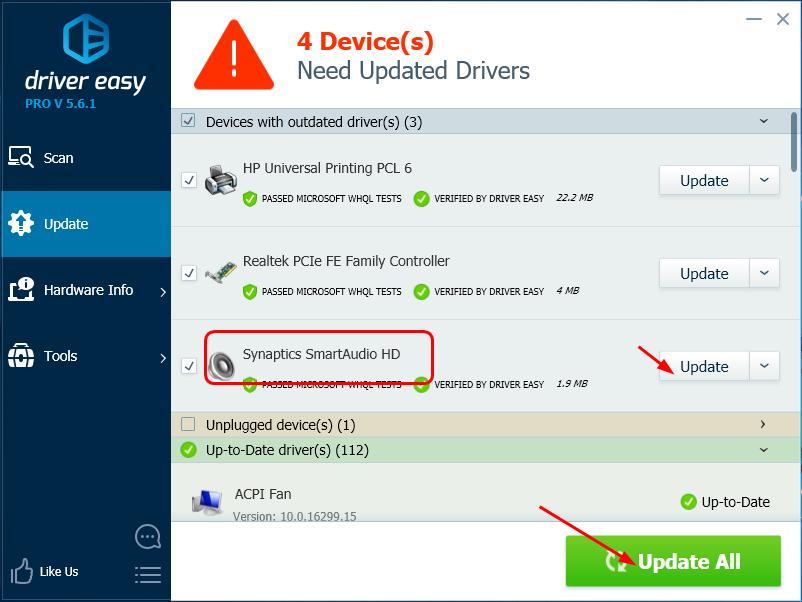
Just now when you log in your Windows, unluckily, an error message pops up. It’s saying:
Failed to initialize SmartAudio, The application will now exit.
You might be frustrated as the error shows up again and again after you reboot your Windows. Don’t panic. You can fix the problem with the solutions here.
Note: Try the Method 2 if the Method 1 doesn’t work.
Method 1: Disable all the other sound drivers in Device Manager
If there are not only one sound card drivers enabled on your Windows, it could make problems. You can easily disable those sound card drivers your Windows isn’t using in Device Manager.
1) On your keyboard, press the Windows logo key ![]() and R (at the same time) to invoke the Run command.
and R (at the same time) to invoke the Run command.
2) Type devmgmt.msc and press Enter.

3) Double-click Sound, video and game controllers, then right-click on each sound card driver except your SmartAudio driver to select Disable device.

4) Restart your computer to see if the error messages disappear and if your audio is working properly.
Method 2: Update your SmartAudio driver
This problem could be also caused by a wrong, outdated, missing audio driver on your Windows. You can solve it through updating your SmartAudio driver.
There are two ways you can update your SmartAudio driver — manually or automatically.
Manual update — You can update your SmartAudio driver manually by going to the manufacturer’s website for your sound card, and searching for the most recent correct driver. Be sure to choose only drivers that are compatible with your variant of Windows system version.
Automatic update — If you don’t have the time, patience or computer skills to update your SmartAudio manually, you can, instead, do it automatically with Driver Easy. Driver Easy will automatically recognize your system and find the correct driver for your sound card, and your variant of Windows system, and it will download and install them correctly:
1) Download and install Driver Easy.
2) Run Driver Easy and click the Scan Now button. Driver Easy will then scan your computer and detect any problem drivers.

3) Click the Update button next to the flagged sound card driver to automatically download and install the correct version of that driver (you can do this with the FREE version).
Or click Update All to automatically download and install the correct version of all the drivers that are missing or out of date on your system. (This requires the Pro version which comes with full support and a 30-day money back guarantee. You’ll be prompted to upgrade when you click Update All.)

4) Restart your computer to see if the error messages disappear and if your audio is working properly.





